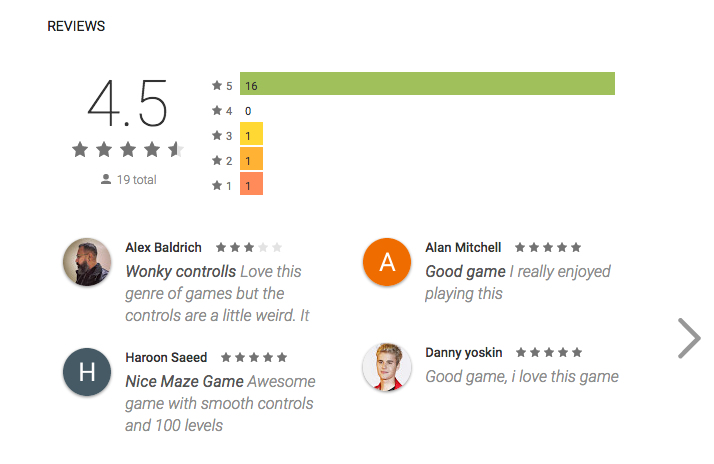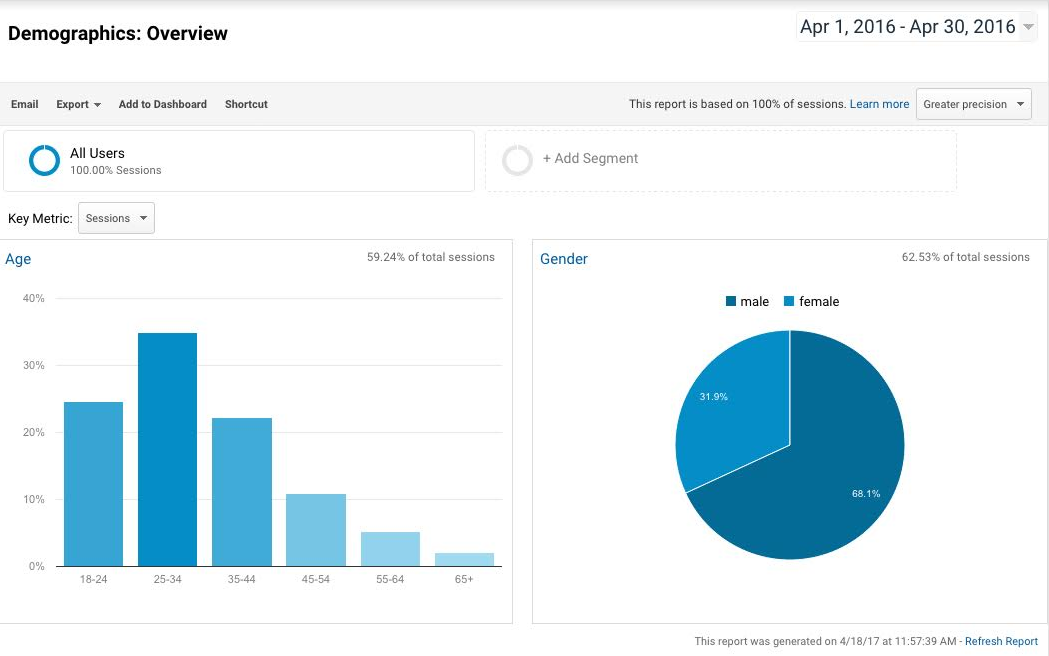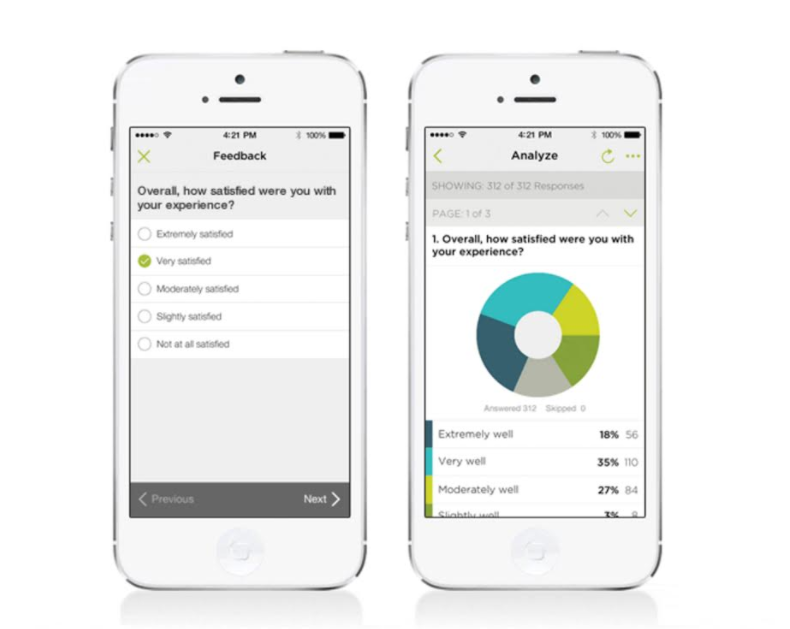Mobile customers are more impatient than ever before in today’s landscape, and an app download does not necessarily mean business for your brand. Staying vigilant on the customer experience and how it can influence your chances of business conversion is key to success.
But how can you measure the effectiveness of your app’s customer experience? Consider the following tips.
1) App analytics tools
Understanding analytics is the primary area to get a clear idea about how your app is getting traction from the users. You have the officially integrated analytics provided by app stores and developer consoles. But you can also opt for an array of third party analytics tools that can provide few more layers of insights on the app usage.
Some metrics can deliver in-depth analysis about your users, and others include time spent in the app, simultaneous use of other apps, user location, user demographics, etc. Moreover, when your app store analytics are not trending in the right direction, these third party tools can work as a backup tool.
Some of the key metrics to track when evaluating app analytics tools include:
- Number of downloads
- App usage
- Lifetime value of the user
- Retention rate
- Average active users (MAU and DAU)
- Session length
- Average revenue per user
- User experience and traction
2) In-app feedback
Gathering in-app feedback requires interacting with your app’s customers on a personal level. Instead of exposing their publicly expressed opinions and feedbacks on the app, leverage your app to interact with them one-on-one, and consequently, gather information that inspires action throughout your team. Gathering and acting upon in-app feedback will not only help you maintain a positive public image, but it will also pave the way for a more trustworthy and credible relationship with your customers.
3) Reviews and ratings
App store reviews and ratings are obviously one of the most influential metrics you can use to measure customer experience. When your customers react through rating your app and leaving reviews, it quickly allows developers to understand the customer experience at a deeper level.

If your ratings drop or you are getting unfavorable reviews, do your best to respond to the issue and solve them immediately. The earlier you fix the problem and communicate the solution to customers, the better your relationship can become.
4) Session tracking
Does your app receive only short user sessions? In this case, it might make sense to focus on increasing engagement and time spent in-app. In general, short sessions result from difficulties users experience. Perhaps it’s your app’s UI or functionality, or perhaps there is a bug. Whatever the issue, session tracking can help you uncover it.
To get to a deeper level, you can track your user sessions with across different pages and sections of your app. No matter what you’re tracking, a few key metrics to track user sessions include:
- Average session length
- Frequency of sessions
- Bounce rate of various pages
- Activity per sessions
5) Customer demographics
User demographics refer to demographic data of the individual customers including location, age, gender, etc. Through demographic user data, you can track different groups and their in-app behaviors to understand usage patterns.

By segmenting customers by in-app behavior, it’s easier to see which target group of customers is most engaged. Such data also helps with your retargeting based on the difference of engagement and experience. You can make your marketing more personal by studying demographic data. When it comes to driving loyal customers and providing personal experiences, demographic data can offer you the right insights.
6) Customer sentiment
Tracking customer sentiment is the best way to understand your user experience. Customer sentiment is the kind of metric that allows you to keep watch on the perception of your app, and helps you respond to the emotional reactions customers have while using your app. This actually helps you bridge the (potentially misleading) gap between user data and the actual sentiment your customers have.

As consumers, sometimes we share and talk about an app just because we just need to blow off steam. However, it’s not always the 100% way we feel about the app and the experience it offers, so the data on its face value is often misleading. This is why it is equally, if not more, important to measure and evaluate the emotional reactions and responses of the customers.
A final note
To keep your app’s audience growing, you must go deeper into the data and keep a close tab on what is happening with your customers behind the scenes. The above metrics and tools can play an invaluable role to make your app growing as a business. I hope they will work for you.

